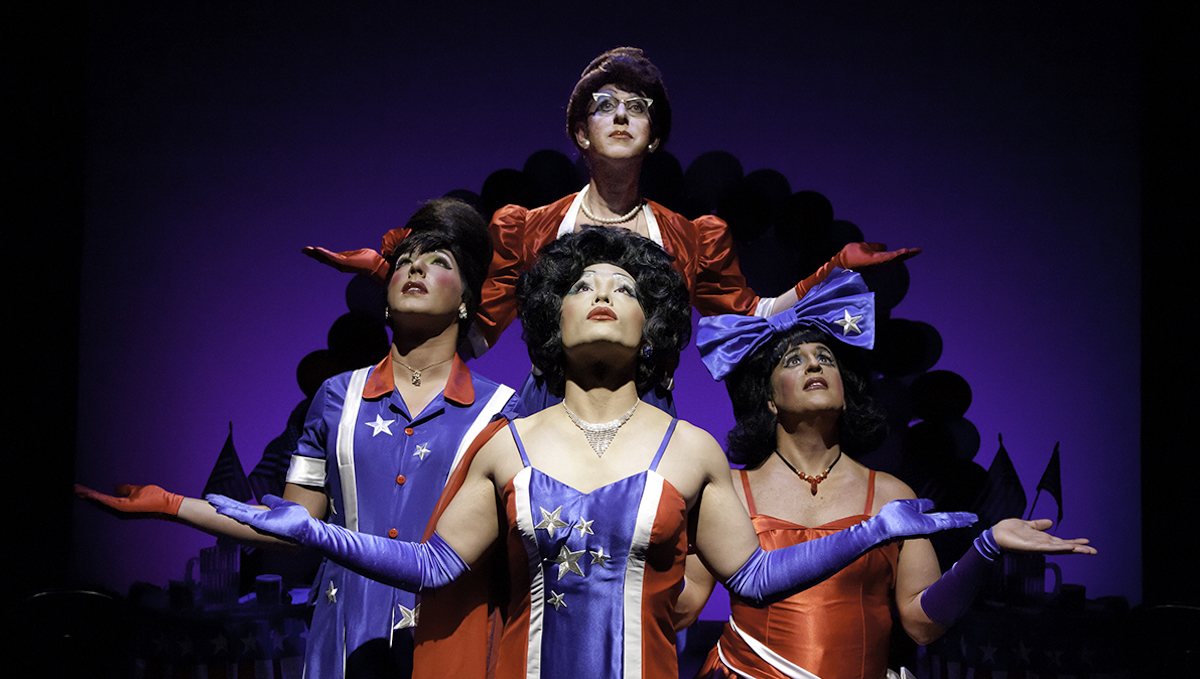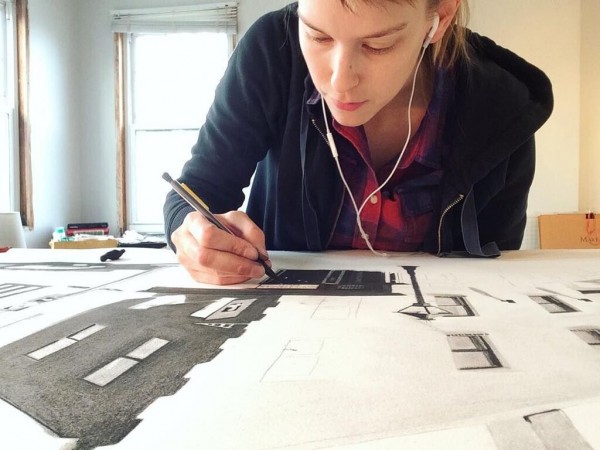Rebecca Juliette Interviews Artist Erin Fostel
Artists Work is a BmoreArt interview series that explores the work that artists do to make a living while they work on their ‘real work’ – their art.
Born and raised in Baltimore, Erin spent her early years copying characters out of her brother’s X-men comic books, and writing highly dramatic soap operas on her grandmother’s typewriter. A love for drawing and storytelling led her to the Maryland Institute College of Art. Upon graduating in 2004, she stayed in Baltimore and has maintained a studio in various locations around town, including a cold dark basement infested with prehistoric-sized crickets where she couldn’t stand up straight.
She loves to draw. Even though she appreciates that the world is full of amazing colors she enjoys pushing the tonal boundaries of charcoal, which is her primary medium. Her future artistic goals include delving into the world of public art and installation, while continuing to explore her love of the narrative.
 Rumble Over Baltimore
Rumble Over Baltimore
Name: Erin Fostel
Age: 34
Website: www.erinfostel.com
Instagram: @e._.e._.fostel
Description of Art You Make: I create representational drawings using charcoal and paper. I am interested in using my drawings as a means for storytelling or devising a discourse about life’s narrative.
Day Job: Test Production Lead at Internet Testing Systems, which is located in the Mill Center in Hampden
Hours per week at work: 30-40
Hours per week in studio: 8-20
Duties or tasks performed at day job: I do a multitude of tasks that can vary from project management to software training to HTML and JavaScript debugging. I had no background experience in any of these things, I learned everything on the job.
Best thing about your day job: I am surrounded by a lovely group of people. Both my coworkers and my bosses are fun and easy to work with.
How does your day job enhance or detract from your studio practice?
My job is not art related, so I can focus my creative energies into my studio practice. I think this is an important benefit. However, it can be tough to want to go to the studio after a long day at work, and finding that balance of schedule can be incredibly difficult. Not only do I work my day job, but I also need to eat dinner, maybe do some exercise (I sit in a chair all day), have a social life, and sleep. Priorities get set based on studio deadlines. I am fortunate that I usually work a 4-day schedule, so 1 weekday can be spent completely in the studio.
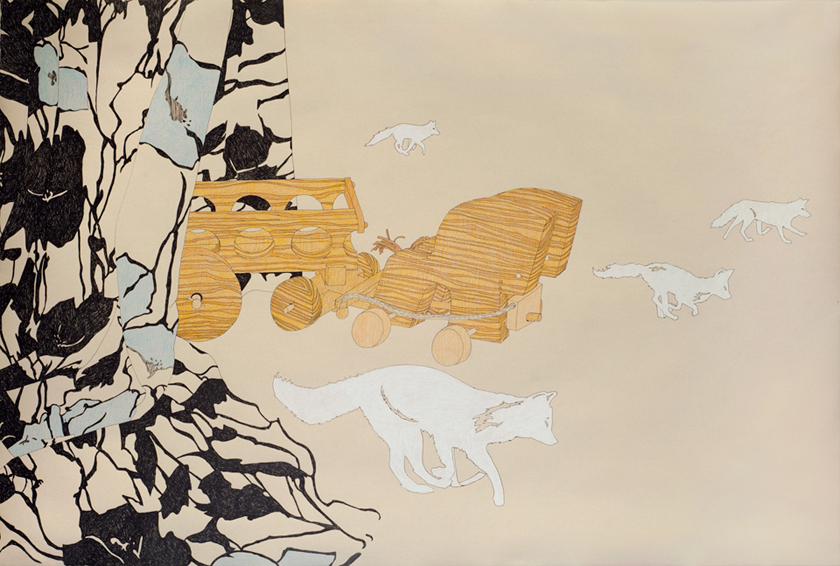
Skulk of Foxes
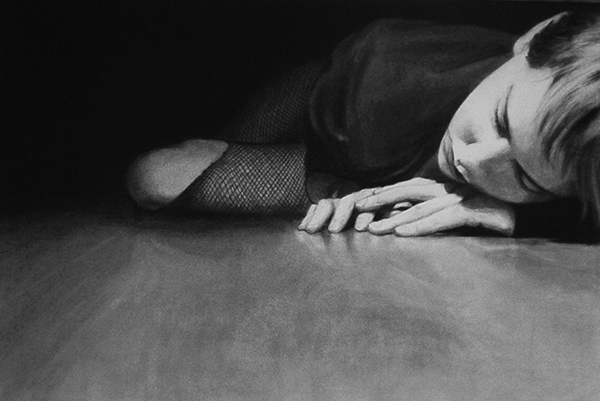 Delirium
Delirium
Favorite job ever:
When I was about 10 years old, my grandmother convinced me that I could do face painting at fairs she organized through her church. She had me come up with a small portfolio of designs, and helped me set prices (I remember charging $5 for a particularly popular pirate sword). I recall thinking how odd it was that I was allowed to do such a thing, I was just a kid, and I thought this was an adult job. How could a kid be allowed to paint on people? This was hands-down my favorite job of my entire life, and I learned such an important life lesson from it. Approach everything as if you can do it, because you won’t know if you can or can’t unless you try.
Job you couldn’t wait to leave:
I worked for an art dealer right after I graduated from MICA. I thought it would be a dream job but it turned out to be a nightmare, like a Devil Wears Prada nightmare. I would often cry when I got home at the end of the day. I was young and inexperienced, and I didn’t really know how to speak up for myself. My work environment now is the complete opposite, and having had that experience, I appreciate it all the more.
Is it your goal to become a full-time artist? Why or why not?
Yes and no. I would love to draw for a living, but I would not want to be studio-bound all the time. It would be very lonely. I enjoy working with other artists, especially in a facilitative role. Currently I am trying to create opportunities for artists to collectively engage in activities that will enhance and benefit their studio practices. For instance, I facilitated the creation of a book club where our primary focus is reading texts that involve critical thinking. I also would like to create a critique group network. It is very helpful to get feedback about the bodies of work or experiments we are doing, and it can also be used as a catalyst for increased production of work. Being an art program or event facilitator, and having a studio practice would be my ideal job goal.
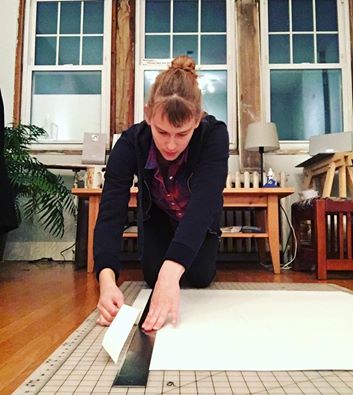
What advice do you have for young artists just out of school, in terms of balancing your work and studio practice?
Life as an artist outside of school is very different. You are not being held accountable by teachers or classmates for the amount of work that you produce. You have to set your own expectations and you have to meet them. And you have to do so while working a job that allows you to eat, have housing, and possibly a separate studio space. A lot of focus gets put on the word “passion” in terms of willingness to put in long studio hours, but it’s total bullshit to think that every moment of creating work involves passion. Sometimes it involves just pushing through feeling tired and putting in the physical time. I don’t sugarcoat this because I think you have to be honest with your expectations in order to find that balance.
What’s coming up next for you as an artist? What projects are you working on or looking forward to?
I had taken a long extended break from drawing to deal with some life matters and am very excited to be physically and mentally back in the studio. I have recently been primarily working on commissions, but finally have reached a point where I can delve into the concepts that have been piling up in my brain. I am currently writing a proposal for a small installation space. The idea of designing a drawing to interact with a specific physical location is something I have not done before. I am very excited by the challenge. My creative brain is firing on all cylinders and it’s glorious.
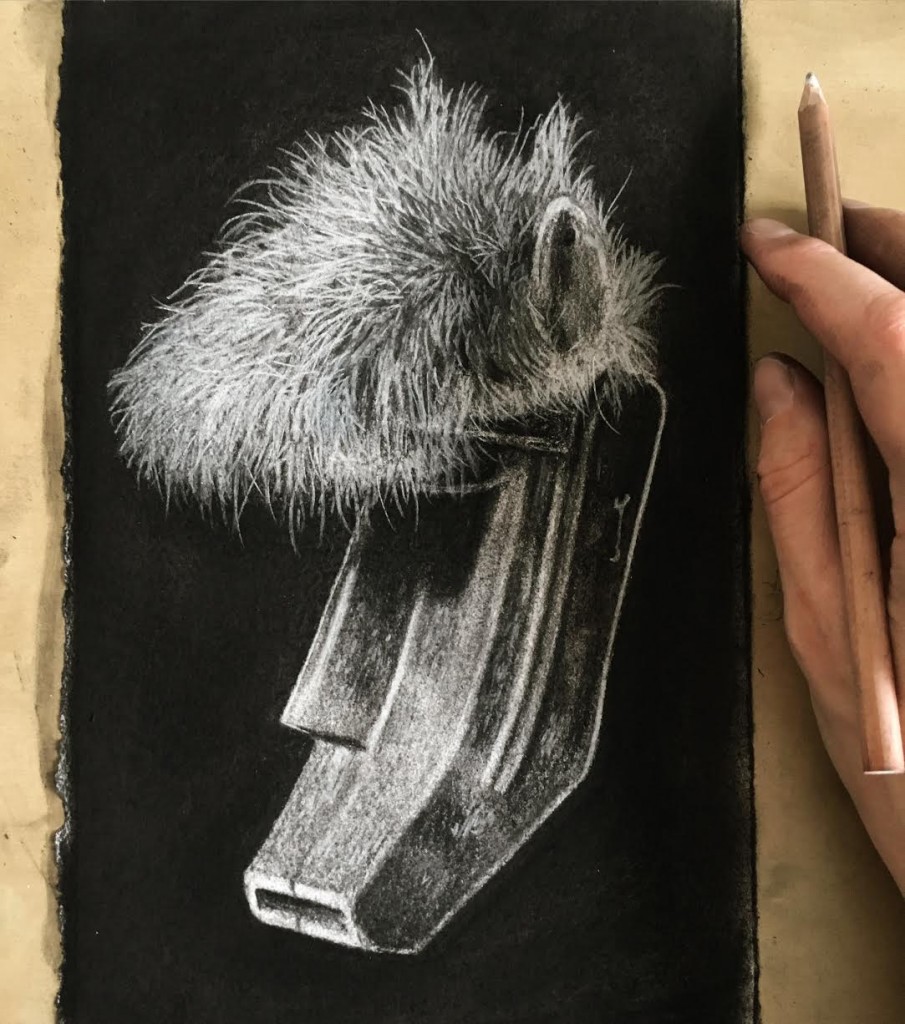 Drawing African Masks
Drawing African Masks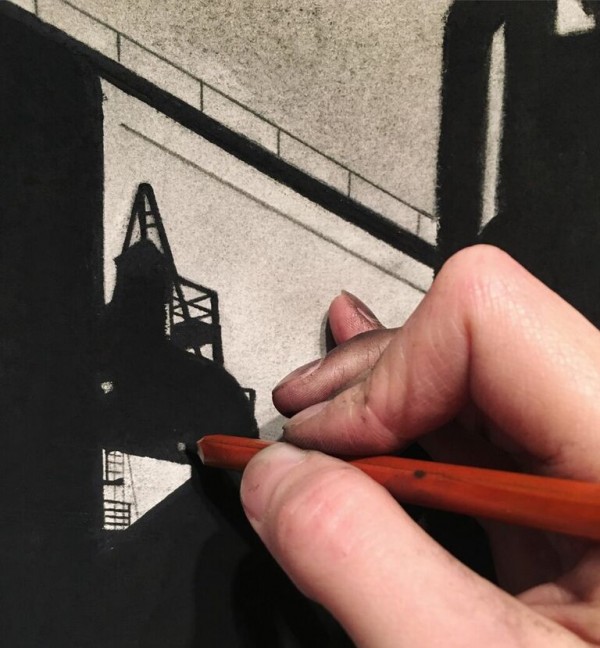 In Progress close up of Sparrow’s Point Furnaces (finished below)
In Progress close up of Sparrow’s Point Furnaces (finished below)
 Sparrow’s Point Furnaces
Sparrow’s Point Furnaces
BmoreArt is Rebecca Juliette’s day job. She facilitiates the Artists Work Interview Series and acts as Assistant Editor and Events Manager. Email her your events and calls for entry at events [at] bmoreart.com.
All images courtesy of the artist.
